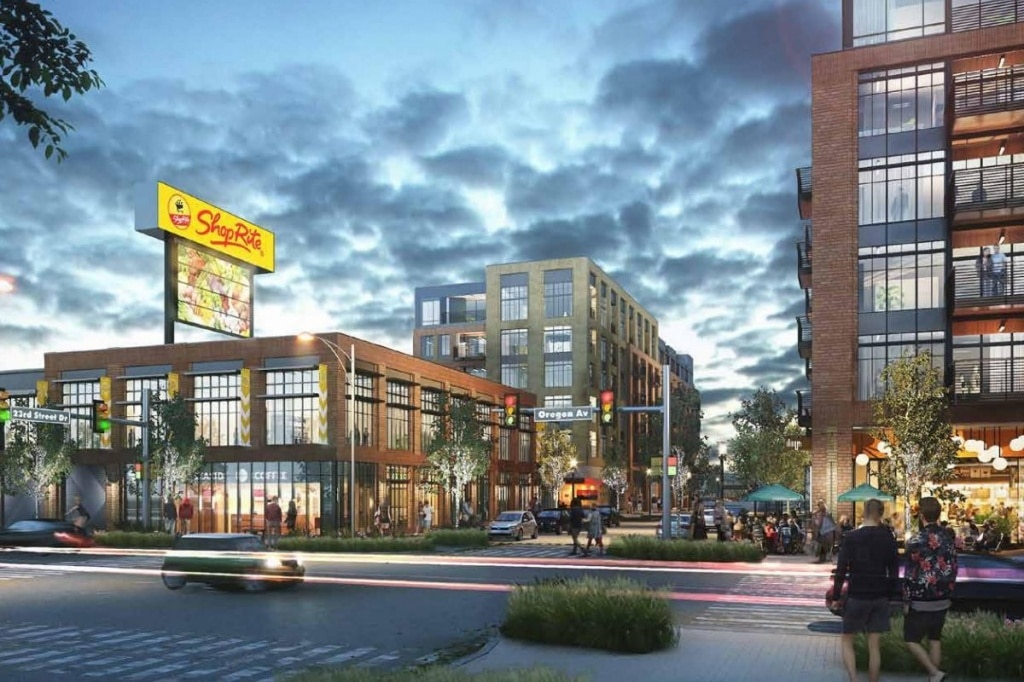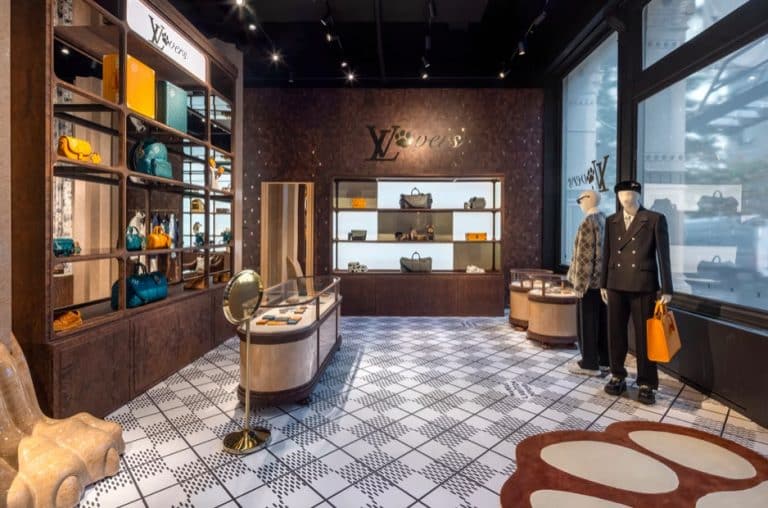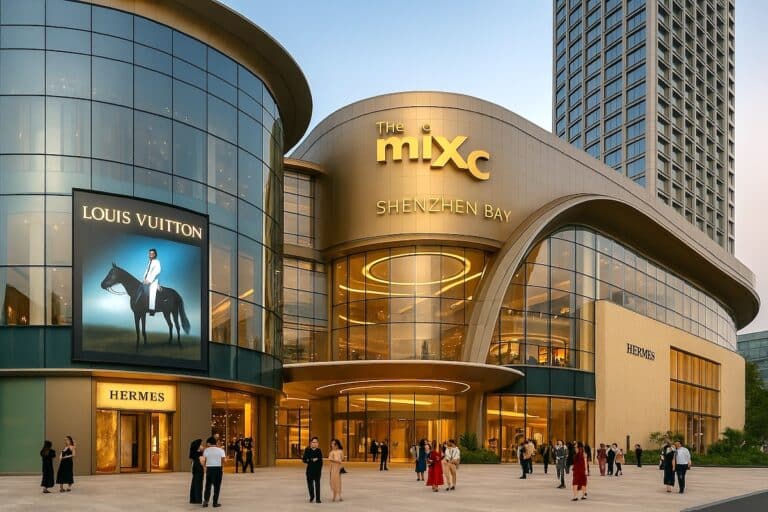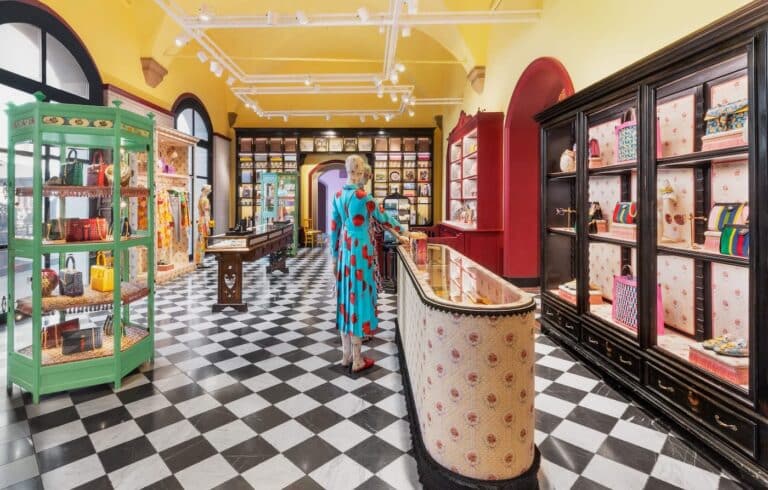Residential components are making their way into a number of existing structures.
As the retail landscape continues to shift and consumer buying habits proceed to evolve, large mall and shopping center owners are faced with a number of questions. The questions take on many different forms, but one big one keeps popping up. What are we going to do with all this space? As Philly.com explains, the answer for a number of publicly traded owners is increasingly heading to the same destination.

Residential components are making their way into a number of existing structures, and its also becoming the backbone of a number of exciting mixed-use developments that are in the pipeline across the nation. The concept makes a ton of sense on a number of fronts, and it can make some serious headway on the space conundrum in an instant.
As we’ve all seen, the days of the retail behemoth with enormous space requirements are starting to wind down for the most part, and that’s leading owners with increasing vacancies on their hands to think outside the box. In a number of cases, adapting the space into apartments or condominiums has become the preferred approach, and the concept is striking a chord with residents to boot.
“The goal is to have an appealing place to live, work, and play,” according to CenterSquare Investment Management research analyst Eli Holden.
Beyond the obvious benefit to the property owners, it’s also helping to solve problems within communities themselves. As urban areas become even more crowded due to lifestyle shifts, space is becoming a premium. Enter mixed-use developments and partially converted shopping malls, and you have a solution that often turns out to be a boon for the surrounding area as a whole.
“Land is getting more and more expensive, and it’s getting more and more difficult to find opportunities to continue to grow,” notes Gregory H. Reed, vice president with Kimco Realty Corp.
The concept is really catching on with innovative property owners, as it’s becoming apparent that certain age groups are incredibly attracted to the concept of live, work and play. It’s not only the millennial generation either, as retirees and empty nesters are becoming quite sold on the idea of minimizing travel time to have all of their needs fulfilled.
Beyond the residential component, a shift in strategy also provides a fantastic opportunity to reexamine mall and center layouts as a whole. That opens up a ton of exciting possibilities in its own right, and it has lead to a prevailing sense of optimism among owners that are ahead of the curve.
Want to share your company’s latest updates, store openings, or partnerships?

Louis Vuitton opens dog-friendly 'Dog LVERS' pop-up in NYC's Soho.

MixC Shenzhen Bay opens in Shenzhen’s Nanshan district, blending luxury retail, art, and lifestyle into one destination, redefining the Asian…

From Nike’s storytelling to IKEA’s precision and Glossier’s human tone—the best retail press releases don’t just announce, they connect.

From Gucci Garden to Amazon’s Just Walk Out, leading retailers turn stores into stages. Here’s why experience is now the…

If you’ve been inside a shopping mall recently, you’ve probably noticed QR codes popping up everywhere on posters, food court…

Retail media networks are reshaping global advertising.